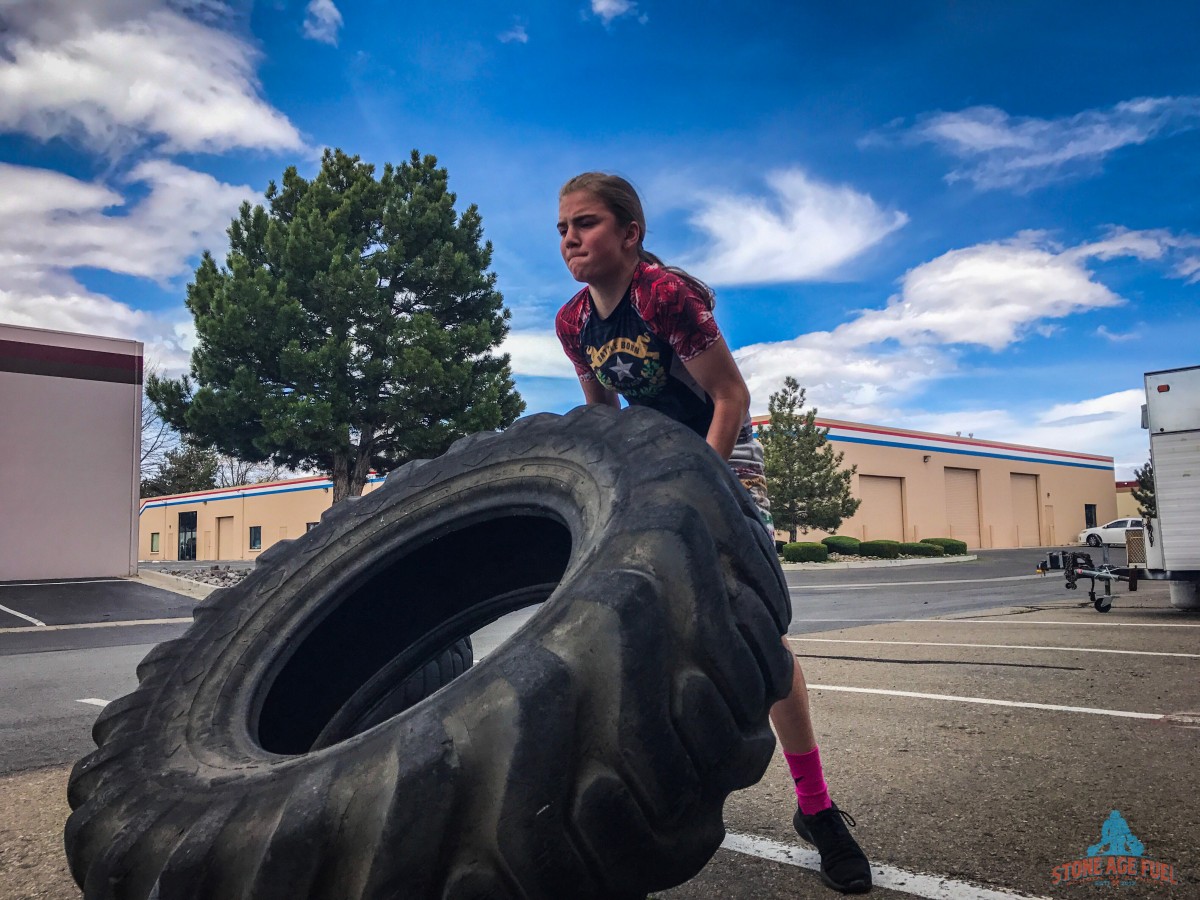Understanding your rowing split time
If you took off on a 5 km run, you wouldn’t sprint the first 400 meters, gas yourself and end up walking.
You would probably strive to run at a reasonably consistent pace for 20-some-odd minutes.
But when it comes to rowing, I constantly see people doing the equivalent of the above, because they have no clue how fast they should be going, let alone what their sprinting speed is versus their 5-km speed.
It comes down to familiarizing yourself with that number in the middle of the screen: Your split time.
Usually when I ask my clients what their rowing strategy is for a 2-km row—
When I ask them what split time they intend to hold—for example, they look at me and say one of two things: “What’s a split time?” Or, “I have no idea.”
Understanding your split time is going to be the biggest difference-maker in terms of helping you maximize your efforts during\ any workout with rowing, and avoid that painful feeling of flying and dying.

In rowing, we measure our speed based on a 500-meter distance.
So if the machine says 2:00/500m, this means it will take you 2:00 to row 500 meters. Pretty simple, right?
Therefore, if you held 2:00 for 2,000 meters it would take you 8:00 to complete the 2 km row (500 x 4 = 2,000 and 2:00 x 4 = 8:00).
Grade 7 mathematics in action!
Again, one of the biggest mistakes I see people make in terms of their pacing is going out too hard at the start of a rowing piece…
Because they’re not paying attention to their speed at all, or have no clue what speed they should be holding even if they did.
Then when I look at the memory on their machine after their piece, sure enough they rowed the first 400 meters at a 1:45 split, and by the final 400 meters they were dogging it at a 2:20 split.
Again, this is similar to sprinting the first 400 meters of a mile and then walking the final 400 meters.
Here’s a simple way to get to know what a sprint pace feels like, versus a medium effort pace, versus a warm-up speed:
After a good warm-up where you get your heart rate up a couple times, set your machine’s monitor for 500 meters and do an all-out 95 percent effort 500-meter sprint.
At the end, check your memory on your monitor. How consistent was your split?
Consistent means each 100 meters of your 500-meter piece was within two to three splits of one another.
For example, if your first 100 meters was a 1:45 average, your second was a 1:46, your third a 1:46, your fourth a 1:47 and your fifth a 1:45, you’re right on point.
However, if you started out at a 1:45 split during the first 100 or 200 meters and petered to to a 2:05 and eventually a 2:10, you definitely went out too hard and were not consistent at all.
Work on figuring out what a CONSISTENT sprinting speed for 500 meters feels first and foremost. It might take some trial and error, but it is possible.
Seasoned rowers can shut their eyes, or flip their machines up, and row the exact same split for 30 minutes without looking at the machine.
Seasoned runners are the same way: They know what various speeds feel like, and they know what speed to hold for various distances.
Once you figure out what a hard AND CONSISTENT 500-meter row feels like, you can use that number to figure out how fast to go during a 1,000-meter row, a 2,000-meter row,
Or during a multi-modal conditioning workouts, such as “Jackie,” (1,000-meter row, 50 thrusters, 30 pull-ups).
As a general rule, if your max effort 500-meter row is 1:45, you can expect your hard 1,000-meter row to be an average of 4 to six splits higher than that, and your 2,000-meter row to be 8 to 12 splits higher than your 500-meter speed.
In this case, this would mean you could expect to hold between 1:49 and 1:52 for a hard 1,000-meter effort and between 1:53 and 1:57 for a hard 2,000-meter effort.
Note that those are speeds for hard, all-out efforts.
Many workouts we do, however, are not meant to be all-out efforts, so you can also use this number to figure out how fast to row during an 8-minute or 12-minute workout, for example, in a way that the rowing machine doesn’t gas you out for the rest of the workout.
Let’s say you’re doing “Jackie”. If you’re super fit, Jackie probably falls in the 8 to 10-minute range.
In this case, if your 2 km time is 8:00, you can probably expect to row Jackie at about your 2 km speed as Jackie falls in the same time domain as your 2 km row.
(The row in Jackie is only 1,000 meters so you won’t come off the machine as tired as you would a 2 km row, but you’ll still have enough energy to begin the thrusters right away).
If you know an 8-minute Jackie is unrealistic and you’re going to be working for closer to 15 minutes, then you definitely want to consider going slower than your 2 km pace on Jackie.
Maybe 3 to 5 splits slower, so closer to a 2:03 or 2:05 average.
Similarly, let’s say you’re doing a workout of 3 rounds of 400-meter run and 400-meter row.
This is probably a 12 minute-ish workout for most people. If your 2 km time is 8 minutes, then consider rowing a bit slower than your 2 km time since this is closer to a 12 minute workout.
This will help ensure you can keep the same pace on each round of running and rowing.
Best case scenario, you start to get to know what a hard, medium and easy pace feels like for a 500-meter row, a 1,000-meter row, a 2,000-meter row and a 5,000-meter row.
If you know your paces for each one, you’ll be able to approach any workout that involves rowing in a much more calculate and effective way, which will ultimately only serve to boost your performance, rowing and otherwise, to new heights.
Row your boat, and reach out for more help if need be.







